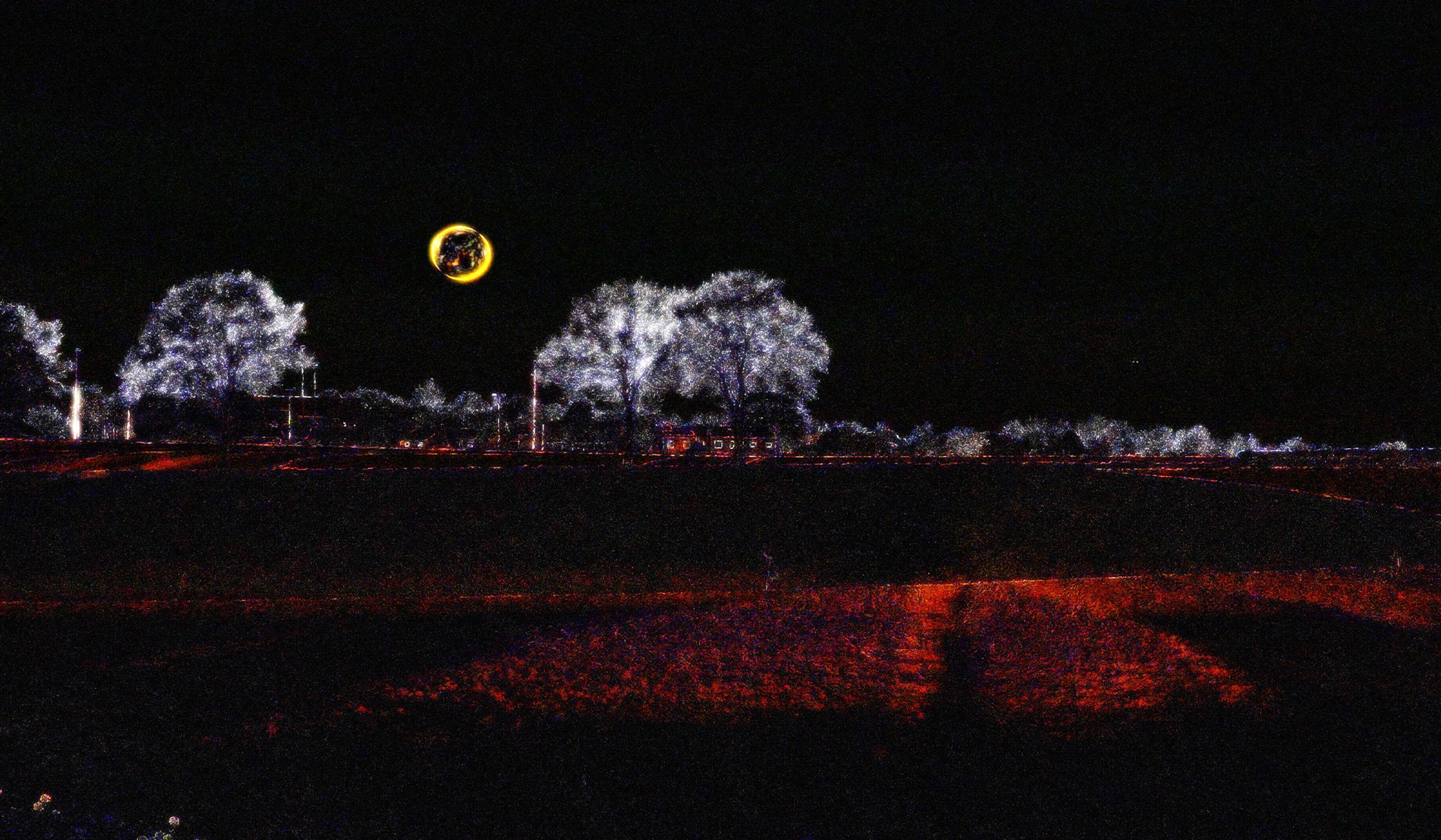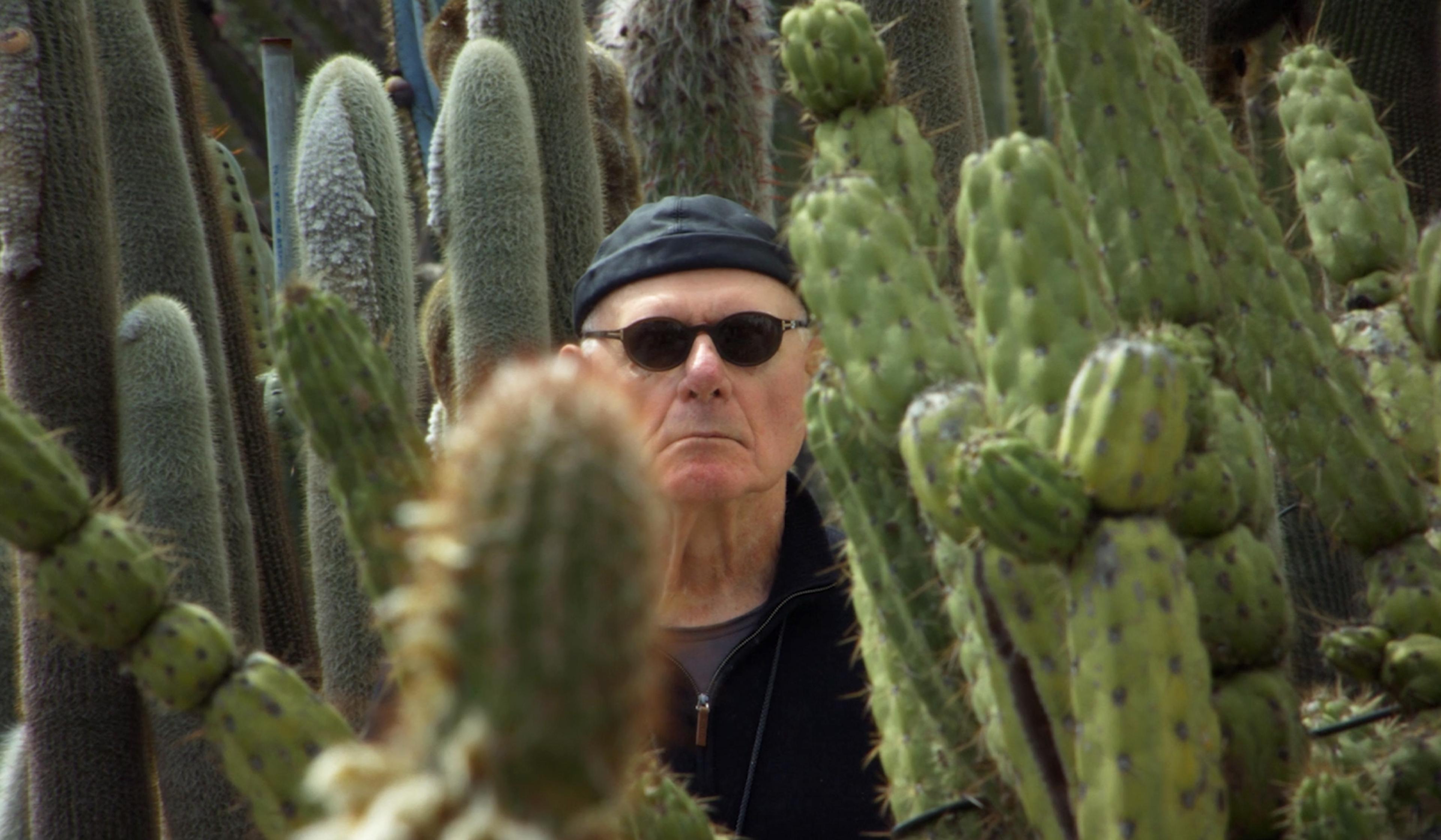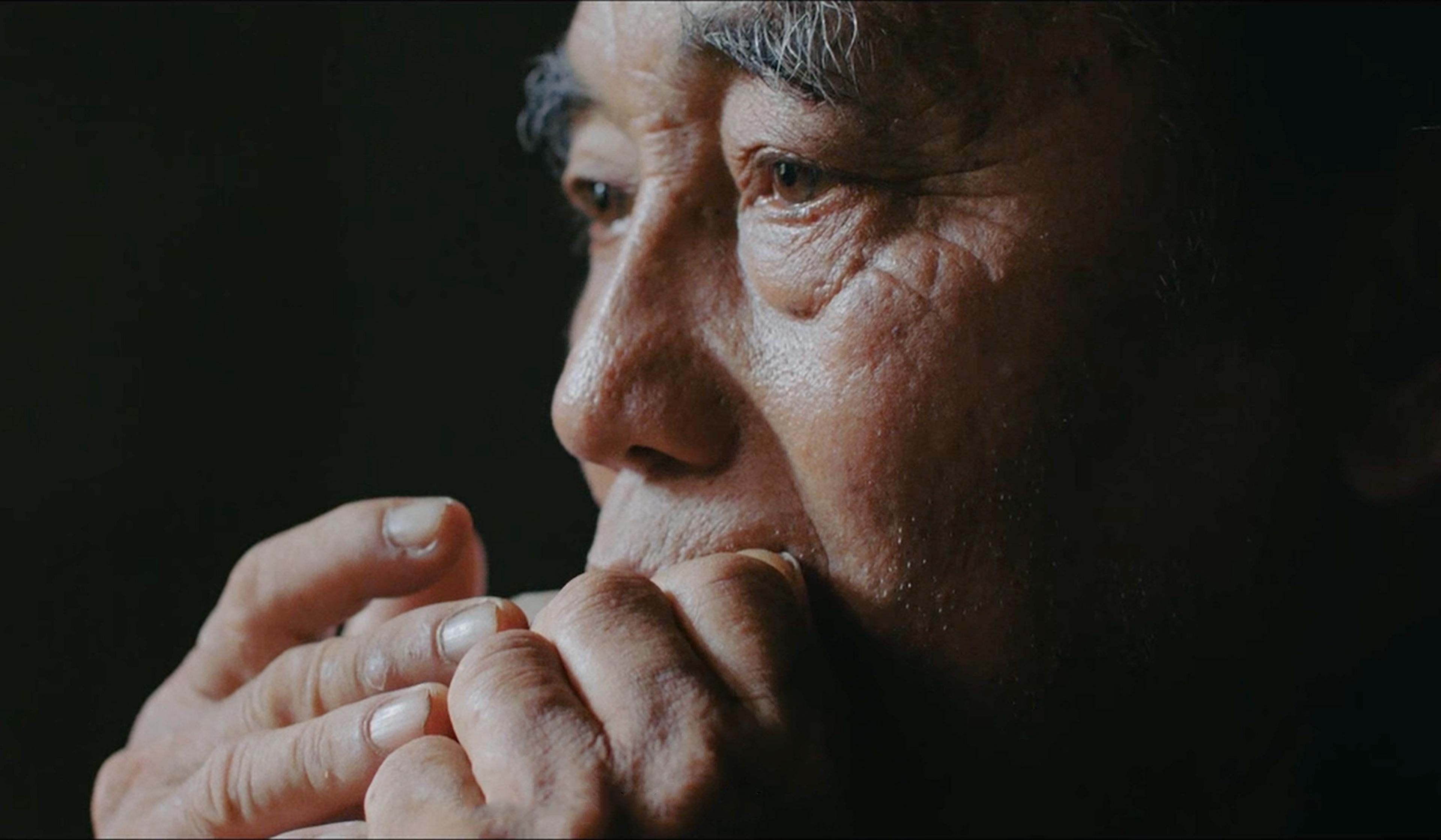Aeon Video has a monthly newsletter!
Get curated editors’ picks, peeks behind the scenes, film recommendations and more.
To Tibetan Buddhists, sky burials are sacred. To tourists, they’re a morbid curiosity
Relations between Tibet and China have been fraught for centuries. However, China’s 1950 invasion of Tibet, and its repression of an ensuing 1959 Tibetan uprising which resulted in the Dalai Lama fleeing to India, marked a definitive turning point. Since that time, the migration of Han Chinese – China’s ethnic majority – and an influx of global tourism to the region has resulted in significant encroachments on and challenges to traditional Tibetan Buddhist culture.
Filmed in 2011, the US director Russell O Bush’s short documentary Vultures of Tibet offers a small window on to cultural tensions on the Tibetan Plateau. Set in the historically Buddhist town of Taktsang Lhamo, home to two monasteries, the film is centred on the practice of sky burials, in which the bodies of the Tibetan dead are fed to wild griffon vultures. For the town’s Tibetan Buddhist population, it is a sacred means of helping the dead’s spirit transition to the next life – a final earthly offering to creatures believed to have the wisdom of deities. However, for much of the rest of the world, the tradition is a morbid curiosity, and increasingly attracts unwelcome tourists, whose pictures end up in all corners of the internet. An accomplished work of contemporary anthropology, Bush’s film is a powerful examination of nature and culture, tradition and modernity, oppression and exploitation.

video
Biography and memoir
As her world unravels, Pilar wonders at the ‘sacred geometry’ that gives it structure
20 minutes

video
Meaning and the good life
Why strive? Stephen Fry reads Nick Cave’s letter on the threat of computed creativity
5 minutes

video
Human rights and justice
‘I know that change is possible’ – a Deaf prison chaplain’s gospel of hope
18 minutes

video
Technology and the self
An artist swaps her head with everyday objects in a musing on consumerism
4 minutes

video
Art
The overlooked polymath whose theatrical oeuvre made all of Rome a stage
30 minutes

video
Film and visual culture
An augmented-reality filter reveals the hidden movements all around us
7 minutes

video
Beauty and aesthetics
The grit of cacti and the drumbeat of time shape a sculptor’s life philosophy
11 minutes

video
Language and linguistics
Messages born of melody – hear the whistled language of the Hmong people
18 minutes

video
Film and visual culture
Stop-motion origami unfurls in a playful exploration of how senses overlap
3 minutes